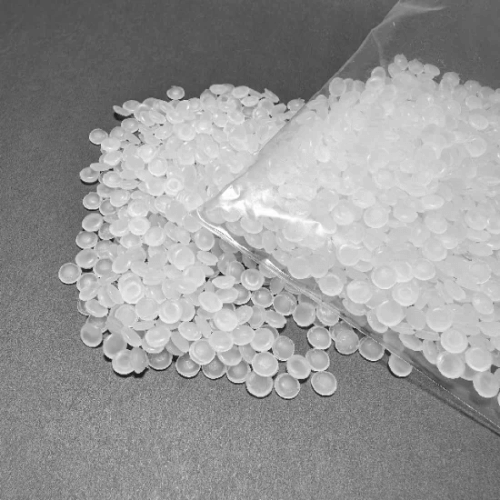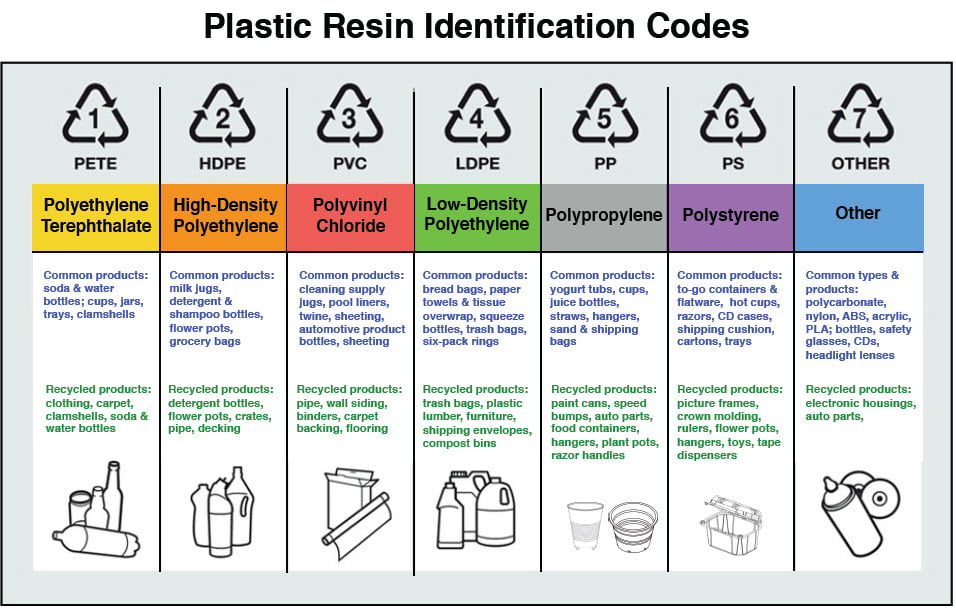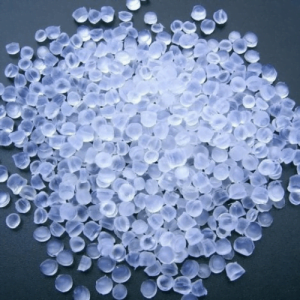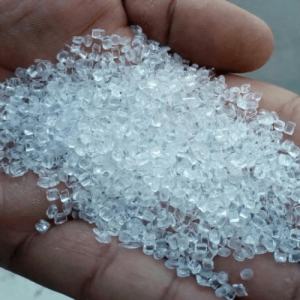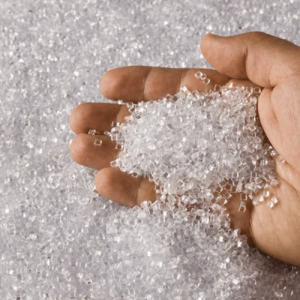Description
Abbreviations: EPM (Ethylene-Propylene Monomer), EPDM (Ethylene-Propylene Diene Monomer)
Ethylene-Propylene Copolymer (EPM) and Ethylene-Propylene-Diene Monomer (EPDM) are both types of synthetic rubbers that belong to the family of elastomers. They are produced by copolymerization of ethylene and propylene monomers, with EPDM containing an additional diene monomer. These copolymers possess excellent elastomeric properties and are widely used in various applications due to their resilience and chemical resistance.
Both EPM and EPDM exhibit good flexibility and are known for their ability to maintain elasticity over a wide temperature range, making them valuable materials in applications where rubber-like properties are essential. Additionally, they are non-polar materials, which results in excellent electrical insulation characteristics, contributing to their extensive use in electrical and electronic components.


